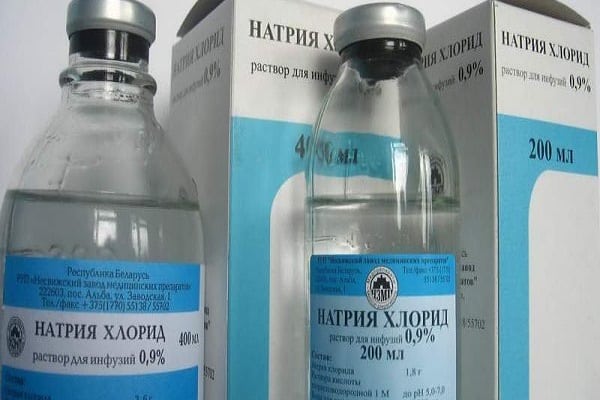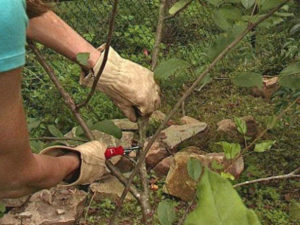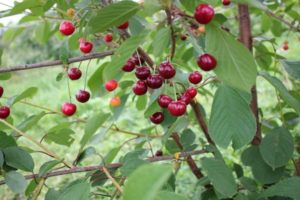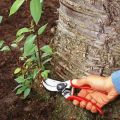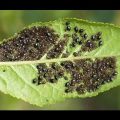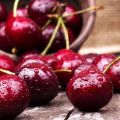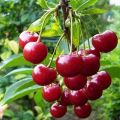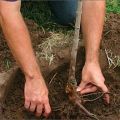Description of cherry diseases, what to do for treatment and measures to combat them
Today, in almost every garden plot of Russian gardeners, you can find cherry plantings. The versatility of the fruits of this tree make it irreplaceable, since the berries can be eaten fresh, used as raw materials for making compotes, jams and desserts. At the same time, all efforts can be nullified with cherry disease, so it is important to know about the first signs of plant infection.
Why cherries are sick
The fruit tree can be weakened due to the disease, the ability to bear fruit is significantly reduced, and if untreated, the plant can die. There can be many reasons for the appearance of plant health problems, but they are all associated with the wrong variety, care or neglect of preventive measures.
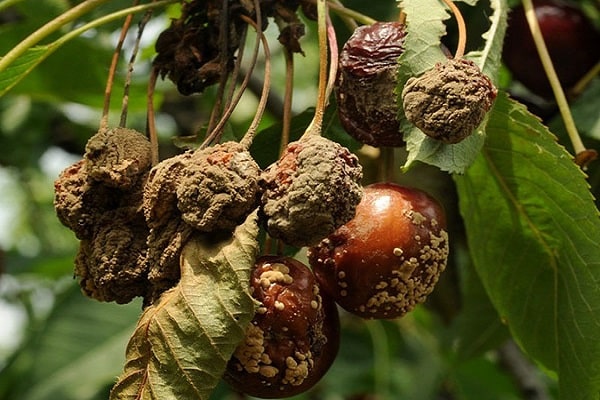
Unsuitable climatic conditions
The key to the proper growth of cherry and cherry varieties is the correct selection of the variety. For regions with a cold climate, it is worth choosing only winter-hardy varieties for planting, otherwise you should not count on the survival rate of the plant and a good yield of the crop. When choosing, you should pay attention to the following characteristics of the culture:
- ability to withstand low temperatures;
- stress resistance to return frost;
- attitude to excess moisture or excessive rainfall;
- self-fertility property;
- resistance to disease.
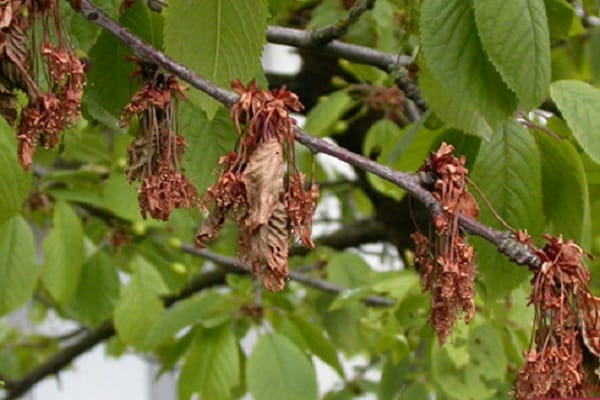
It is worth giving preference to zoned varieties, as they are adapted for growing in specific areas. In the Moscow region, good growth and fruiting indicators are noted in the following cherry varieties - Bulatnikovskaya, Shokoladnitsa, Antratsitovaya.
Improper care
For good growth and yield of a garden crop, it is important to follow the rules of care. Excessive moisture and lack of timely pruning increases the risk of disease. Incorrect feeding and excessive fertilization of the soil lead to the same problems.
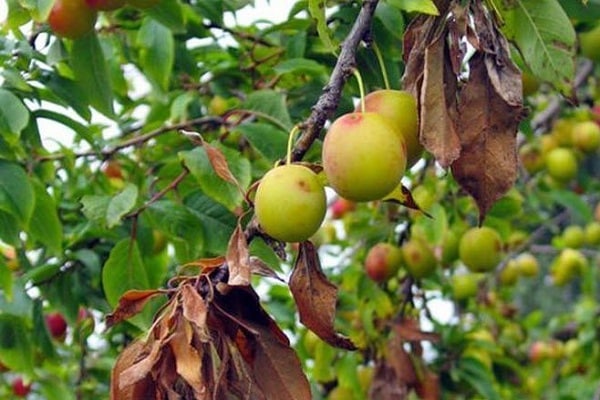
Cherries need to be planted in a well-lit area with ample light. Even slight shading can affect plant growth. Trees can be planted in spring and autumn, it is important to follow the recommended planting scheme for a particular variety.
Insufficient distance between two trees will lead to thickening and poor ventilation, resulting in a significant increase in the risk of disease.
Unfavorable neighborhood with carriers of infections
When planting cherries on a plot, it is important to take into account its compatibility with other fruit trees and shrubs, since a "dysfunctional" neighborhood increases the risk of diseases at times. Tomatoes and peppers are considered dangerous crops for her, since they have common enemies. Avoid planting cherry trees next to birches, oaks and maples.
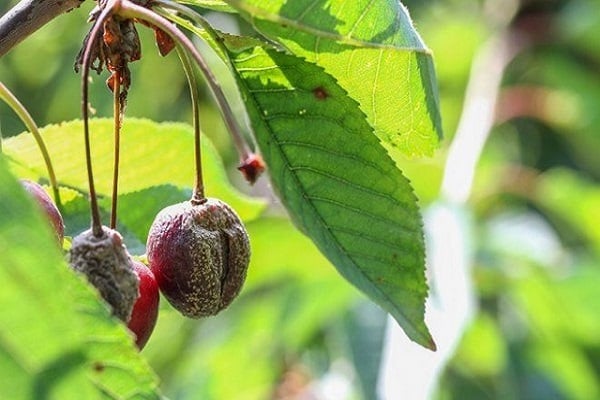
Classification of diseases
All existing descriptions of cherry diseases can be attributed to one of three categories - fungal, bacterial, viral. Each of them is characterized by certain symptoms that can be easily identified by the appearance of the berries, leaf plates and shoots. Some of them can lead to loss of leaves and death of the tree.
Fungal
The defeat of plants by a fungal disease can destroy from 50 to 60% of the crop. Their classification is quite extensive, most often cherry trees are exposed to scab, coccomycosis and rust. The anomaly can affect the fruit and affect the appearance of the leaf plates, in some cases, the layers of wood crack. Fungal spores survive the winter in fallen leaves and mummified fruits. In this regard, preventive measures involve burning them and spraying the plant with special preparations.
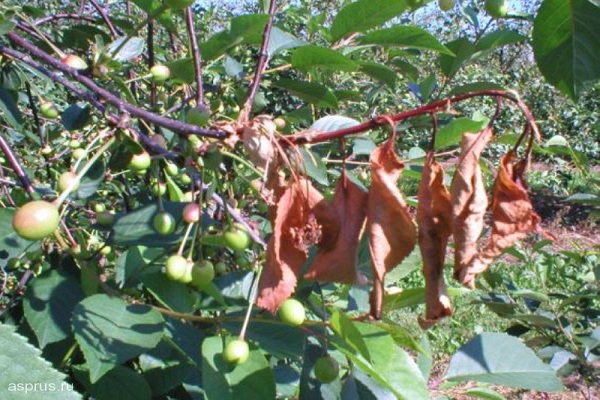
Bacterial
Bacterial diseases develop when cherries are infected with unicellular microorganisms through damage to the shoots and green mass. Infected plants are often covered with a white coating, rot or burn effects. Some types of bacteria can safely tolerate temperatures up to +25 C and survive freezing temperatures.
They can be transported by natural precipitation, wind, people and garden tools. Bacteria are often companions of aphids and ticks. The main tool for disease prevention is compliance with growing rules and timely application of insecticides to control pests.
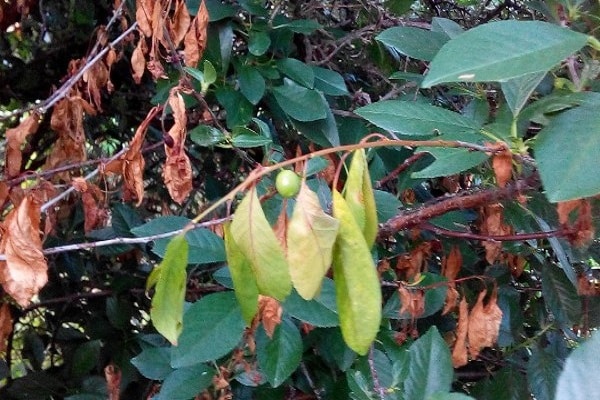
Viral
Viral diseases are associated with the infection of plants by microorganisms without a cellular structure, which are spread by sucking pests. When viruses get into cherry tissues, they begin to parasitize, which leads to weakening of shoots, inhibition of development and a decrease in yield.
The risk of increased infection with viral diseases increases during natural disasters, as a result of which damage appears on the cherry, and it begins to dry.
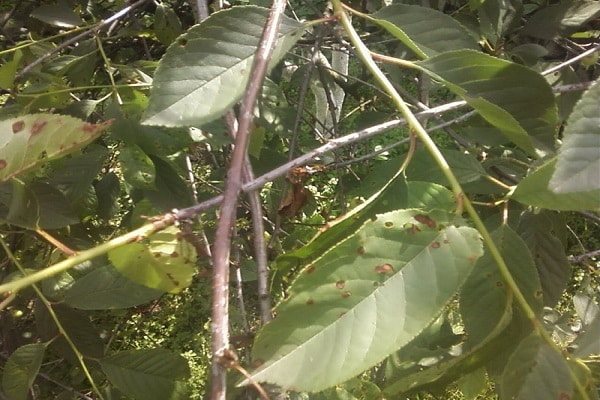
Common diseases and methods of dealing with them
Today there are a large number of cherry diseases, but each can be identified by external changes in the cherry tree. The list of required actions depends on the nature and cause of infection.
Coccomycosis
The fungus infects the leaves, in which reddish dots form on their surface. Over time, they begin to spread and occupy the entire area, eventually merging with each other. With a significant level of humidity, a pink bloom can be observed on the back of the leaf. The affected areas die and fall off, the leaves crack, and traces of lacerated wounds appear on them.
The consequence of coccomycosis is a drop in yield and, in the absence of measures, the death of the plant. For treatment, spraying with a 4% solution of Bordeaux liquid and mechanical removal of lesions is used. There are varieties of cherries that are resistant to fungal disease - Shokoladnitsa, Minx, Novella.

Moniliosis
Diseases of a fungal nature are often also called gray rot or monilial burn. Infection occurs through damage to the bark layer and develops at the time of the formation of inflorescences. Whitish pustules appear on the petioles and the lower surface of the leaf plates. Over time, brown spots appear, spreading over the entire surface of the leaves. The fruits are covered with yellow pillows, and their mass fall begins.
Treatment consists in removing damaged fruits, shoots and burning them. Spraying with fungicides is carried out, in some cases multiple repetitions will be required. It is possible to choose one of the following varieties - "Azocene", "Topsin", "Horus".
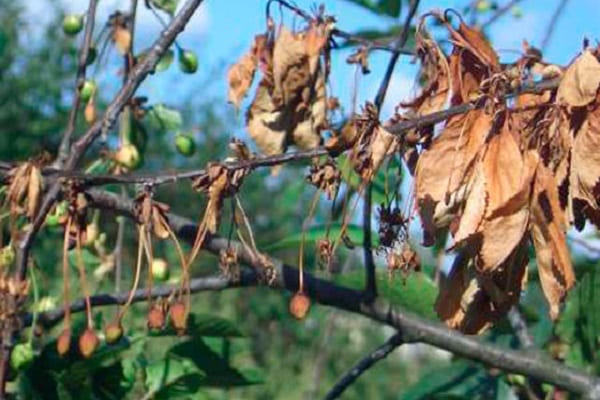
Clasterosporium disease
It is quite difficult to get rid of clasterosporium on cherries, as the fungus affects all parts of the plant. Spots appear on the leaves that have a brown color with a reddish border. The lesions fall out, forming gaps, therefore the disease is often called perforated spot.
The tree becomes covered with spots, at the place of formation of which gum is released. The buds acquire a glossy sheen and turn black. Fighting the fungus involves pruning and burning the affected areas. Spraying 3% Bordeaux liquid, destruction of fallen leaves and fruits will help save cherries.
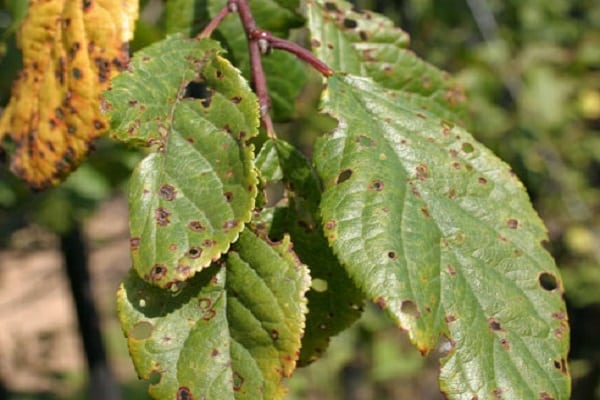
Anthracnose
The disease belongs to a type of fungal. Pale dots appear on the fruits, which, growing, take the form of pinkish bumps. With insufficient moisture, cherries dry up, turn black and begin to fall off. For treatment, spraying with fungicides is carried out, for example, "Polyram". The first treatment is done before and after flowering, the second is repeated after 15 days.
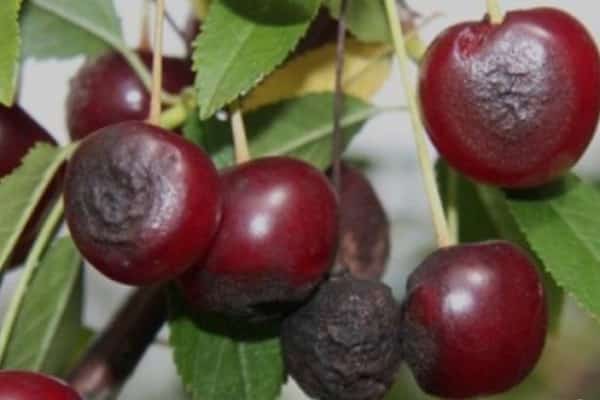
Rust
With this disease, cherry leaves are affected, yellow spots appear on them. Over time, they increase in size, the affected area swells and acquires a dark powdery coating. Leaves begin to curl and the plant weakens, frost resistance or fruiting quality may decrease. If you do not take action in a timely manner, then the cherry begins to dry out. In order to combat infection, spraying with Bordeaux liquid is carried out and plant residues are burned in a timely manner.

Scab
A fungal disease affects the leaves and berries of cherries, on which black velvety spots appear. The area of damage is bordered by a yellow stripe. At first, the anomaly appears on the leaves, but over time, the dark formations spread to the fruits, which begin to crack, and their development stops. To combat scab, use a 1% solution of Bordeaux liquid, spraying the cherries before flowering, after and a month before harvesting.
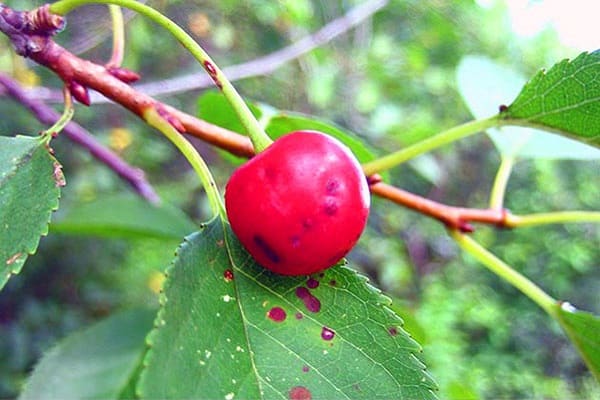
Gommoz
A characteristic feature of gommosis is the appearance of gum secretion. A common cause of resinous formations is damage to the shoots, the plant getting sunburn or its inability to tolerate frost. In some cases, infection with fungal microorganisms leads to illness.
Treatment consists in removing damaged parts of the plant, which are then burned. Places of cuts are covered with garden varnish, having previously treated them with a 1% solution of copper sulfate. A good preventive measure is the off-season whitewashing of cherry trunks.
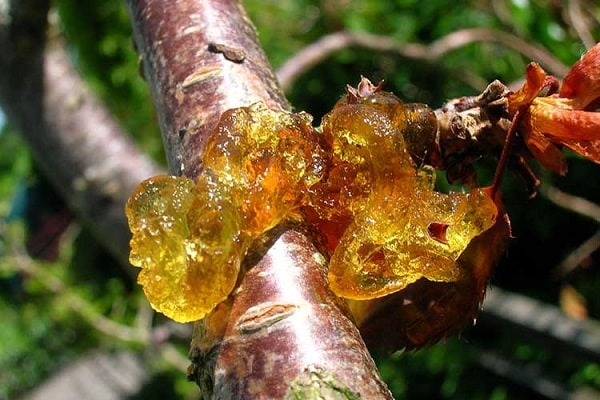
Preventive measures
Even the most disease-resistant varieties of cherries will not be able to resist without preventive maintenance, if the rules of care and cultivation are violated, and infection will sooner or later happen. In the presence of mechanical damage, injury from frost or sunburn, the risk of problems arising at times increases, so the influence of such factors should be excluded. Often the cause of the disease of fruit trees is rodents, which damage the root system of cherries and lead to its weakening, therefore, their presence in the garden should be monitored.
Preventive measures include:
- timely pruning, elimination of old, damaged and rotten branches;
- treatment of wounds and cracks with garden pitch;
- protection from pests and rodents;
- spring whitewashing of trunks.
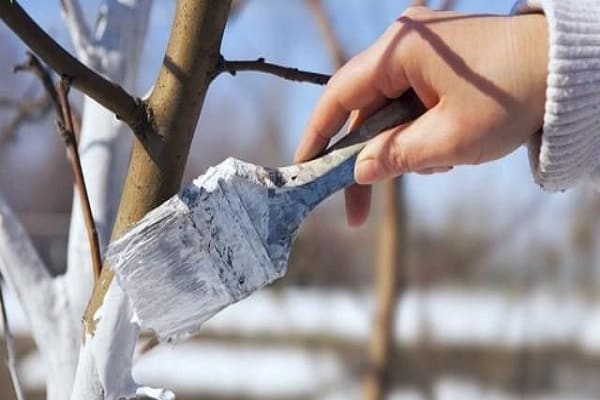
Fertilizing will help to strengthen the cherry's immunity.Without fail, such work is carried out in the autumn, calculating the consumption rate depending on the manufacturer's recommendations. 1 m2 bring into the soil:
- manure - 5 kg;
- potassium chloride solution - 150 g per 10 liters of water;
- superphosphate solution - 300 g per 10 liters of water.
To prevent the occurrence of diseases, trees are sprayed with fungicides. The works are carried out three times a year. The first procedure is done before bud break, the second after flowering, the third at the end of the gardening season a month before picking the berries.
